القرآن الكريم كامل بدون انترنت - Quran offline full
Access the full Quran offline for spiritual guidance and reflection
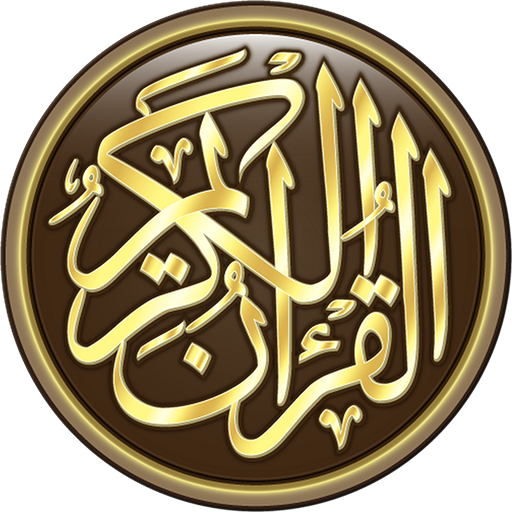
- 9.3 Version
- 4.6 Score
- 39M+ Downloads
- Free License
- 3+ Content Rating
🎇 Welcome to the Holy Quran Offline القرآن الكريم كامل بدون انترنت 🎇
✨ Complete Quran Experience: Enjoy the entire Quran, identical to the paper version, without needing an internet connection. Perfect for reading anytime and anywhere.
🧨 Comfortable Reading: Large, clear font, and eye-friendly background color ensure a pleasant reading experience.
🎉 Enhanced Reading Features:
Screen Illumination: The screen stays lit for uninterrupted reading, with adjustable brightness for eye comfort.
Automatic Page Return: The app remembers where you left off and automatically returns to that page when reopened.
Horizontal & Vertical Modes: Read in your preferred orientation.
🎊 Navigation & Accessibility:
Bookmarking: Save your spot and easily return to it later.
Search Function: Quickly find any verse or section.
Indexes: Access an index of surahs, parts, parties, and pages to navigate with ease.
🎋 Additional Details:
Part Markers: Briefly displays text at the beginning of parts, parties, or quarters of parties.
Page Identification: An icon indicates if the current page corresponds to the right or left page in the paper Quran.
🧧 No Internet Needed: Once downloaded, the app does not require an internet connection, ensuring you can read the Quran anytime, anywhere.
🎀 User-Friendly Interface: A simple tap at the bottom of the screen reveals a menu for easy access to all sections of the app.
📜 Revelation and Early Preservation of the Quran
The Quran was revealed to the Prophet Muhammad over approximately 23 years. During this time, it was preserved through two primary methods:
🎇 Oral Tradition:
Memorization by the Prophet: The Prophet Muhammad himself memorized the Quran.
Companions' Memorization: Many of his companions also memorized the Quran, a tradition known as Hifz.
Continued Practice: This tradition continues today, with millions of Muslims around the world having memorized the entire Quran.
🎉 Written Records:
Written During Prophet’s Lifetime: Portions of the Quran were written down on various materials like parchment, bones, and leather.
Compiled by Companions: These written fragments were carefully compiled by the Prophet’s companions to ensure accuracy.
📚 Standardization under Caliph Uthman
After the Prophet’s passing, the third Caliph, Uthman ibn Affan, played a vital role in ensuring the Quran’s uniformity:
🎏 Compilation of the Official Version:
Reliance on Reliable Manuscripts: Uthman ordered the compilation of a single, official version of the Quran based on the most trustworthy manuscripts.
Guidance from Memorized Recitations: The recitations of those who had memorized the Quran were also used to ensure the text’s accuracy.
Distribution: Multiple copies of this standardized text were sent to different regions of the Muslim world.
🎠 Burning of Other Manuscripts:
Purpose of Burning: Uthman ordered that all other personal copies or manuscripts that differed from the official version be burned.
Misunderstood Act: This act was intended to prevent future variations and maintain the Quran’s uniformity, not to suppress alternative texts.
🏺 Manuscript Evidence
The claim of the Quran's perfect preservation is further supported by numerous ancient manuscripts:
🎋 Ancient Quranic Manuscripts:
Birmingham Quran Manuscript: One of the oldest known Quranic manuscripts, dating back to within a few decades of the Prophet’s lifetime.
Topkapi Manuscript: Another ancient manuscript that aligns closely with the Quran read today.
Consistency Across Manuscripts: These manuscripts show remarkable consistency with the current Quranic text.
🌙 The Lunar Year in the Quran
In Surah Taubah (9:36), Allah says:
"The reckoning of months with Allah has been twelve months by Allah’s ordinance since the day when He created the heavens and the earth. Of these, four are sacred."
This verse clarifies that:
🎇 Lunar Year:
Twelve Months: The lunar year consists of twelve months, a system known as the Hijri year.
Sacred Months: Four of these months are sacred in Islam: Zulqe’da, Zulhejjah, Moharram, and Rajab.
Used by Arabs: The lunar year was commonly used by Arabs and remains significant in Islamic tradition.
🌞 Understanding the Solar Year
While the Quran directly mentions the lunar year, it provides a subtle mathematical formula to understand the solar year. The Arabic language, used in the Quran, has two different words for "year": Sanah and Aam, each with distinct meanings.
🎉 Key Verses:
Surah Yunus (10:6): “He it is Who made the sun radiate a brilliant light and the moon reflect a lustre, and ordained for it stages, that you might know the number of years (Sineen) and the reckoning of time.”
Here, Sineen (plural of Sanah) is linked to the moon’s stages, meaning Sanah refers to the lunar year.
Surah Bani Isra’il (17:13): “And We have made the night and the day two Signs, and the Sign of night We have made dark, and the Sign of day We have made sight giving, that you may seek bounty from your Lord, and that you may know the computation of years (Sineen) and the science of reckoning. And everything We have explained with a detailed explanation.”
This verse further associates Sineen with the lunar cycle.
🏛 The Mathematical Relationship Between Lunar and Solar Years
In Surah Al-Kahf (18:20), the Quran narrates the story of the People of the Cave:
“And they stayed in their Cave three hundred years (Sineen), and added nine more.” (Al-Kahf 18:26)
This passage provides a key mathematical insight:
🎠 300 Lunar Years = 300 Solar Years + 9 More:
Equalization: 309 lunar years are equivalent to 300 solar years.
Calculation:
Solar Year: 365.24 days
Lunar Year: 354.60 days
Difference: A lunar year is 10.64 days shorter than a solar year.
🗓 Distinct Uses of "Sanah" and "Aam"
The Quran uses Sanah for the lunar year and Aam for the solar year, emphasizing the difference between them. Surah Al-Ankabut (29:15) provides a notable example:
“And We certainly sent Noah to his people, and he dwelt among them a thousand years (Sineen) save fifty years (Aam)...”
Here’s what we can deduce:
🎋 Prophet Noah’s Timeline:
Lunar Count: 950 Sineen (lunar years) is approximately 948.50 lunar years.
Solar Count: 50 Aam (solar years) reflect the spiritual progress in the early decades.
🌟 Examples Highlighting the Difference Between "Sanah" and "Aam"
Surah Al-Baqarah (2:260):
“And so We raised them up that they might question one another. One of them said, ‘How long have you tarried?’ They said, ‘We have tarried a day or part of a day.’ Others said, ‘Your Lord knows best the time you have tarried.”
The man was put to death for 100 Aam (solar years) but did not notice any changes upon resurrection, indicating that 100 Aam refer to solar years, as the earth returned to its original position in its orbit.
📨 App Support 📨
Contact: info@simppro.com
- Version9.3
- UpdateAug 14, 2024
- Developersimppro
- CategoryBooks & Reference
- Requires AndroidAndroid 5.0+
- Downloads39M+
- Package Namecom.simppro.quran.offline
- Signatureaaed56e0bdbfb7ad93a27b18323aae83
- Available on
- ReportFlag as inappropriate
-
NameSizeDownload
-
51.16 MB
-
51.16 MB
-
51.09 MB


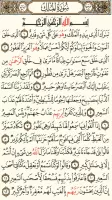
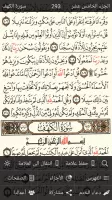
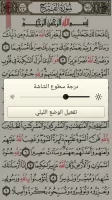
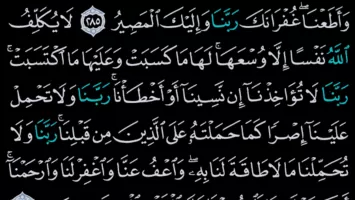
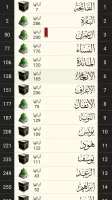
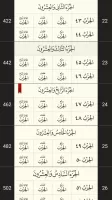
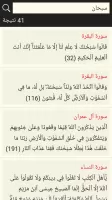






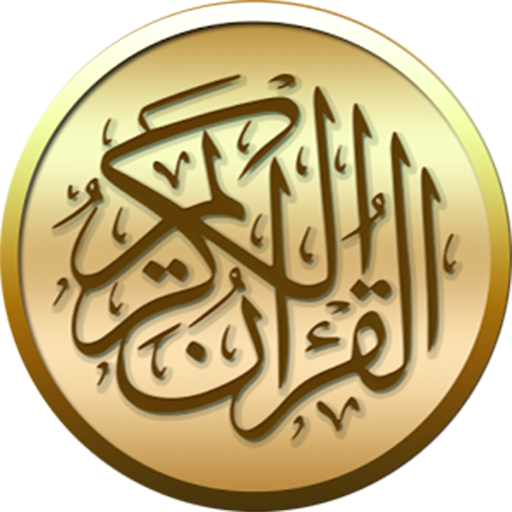
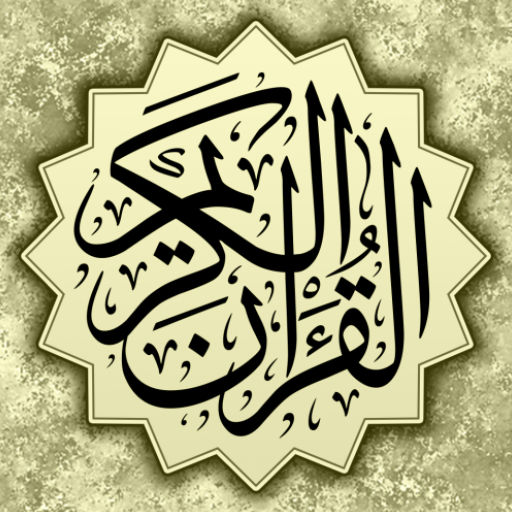
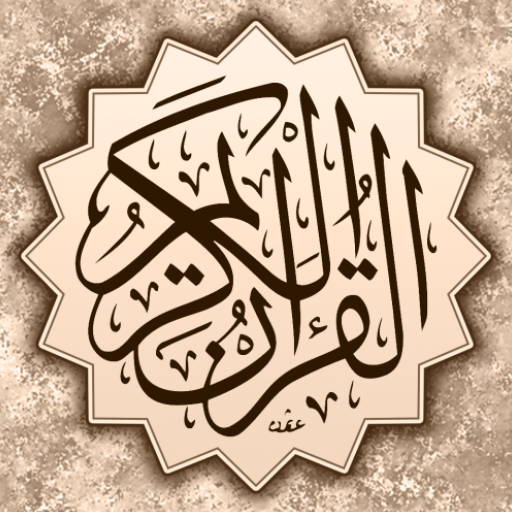
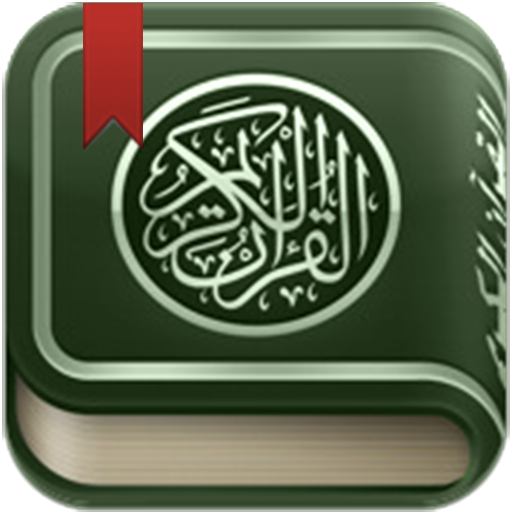











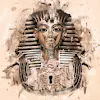
complete content
better UI needed